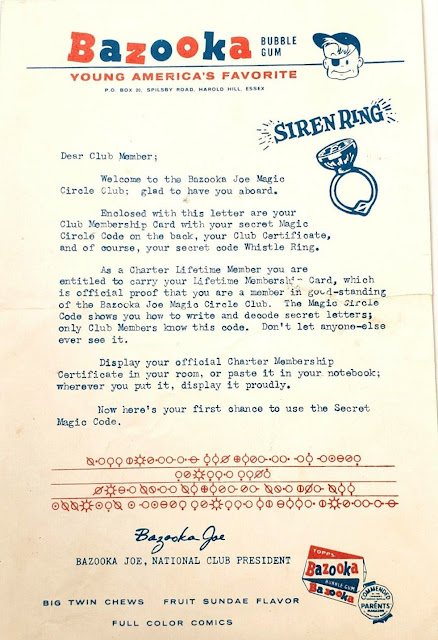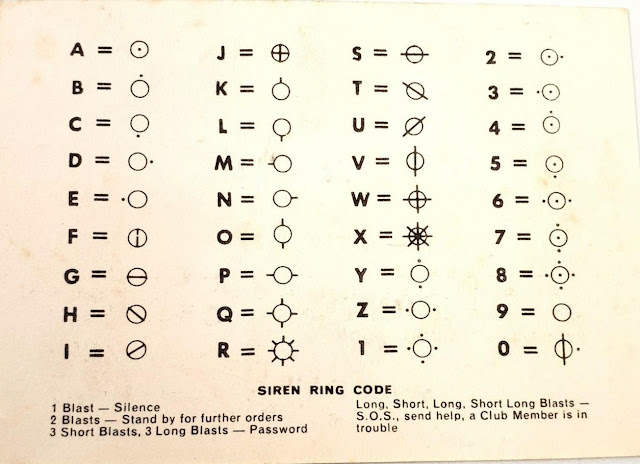Good stuff here today kids, as a smattering of 1960 Topps Venezuelan Baseball Tattoos surfaced recently, which is a akin to a Brigadoon sighting I'm sure. Previously, I was aware of a Don Drysdale example and I think two others were out there but that's not confirmed. Obviously, they are scarce as hell.
Luis Arroyo was one of the subjects in this batch but here's the thing, he doesn't appear in the US checklist:
So the obvious questions are:
1) How many subjects are in the Venezuelan set? (the US set has 96 subjects)
2) How many subjects from the major Caribbean, Central and South American Winter Leagues did Topps create for the Venezuelan release?
At a guess the Venezuelan Tattoo set contains less than 96 subjects (of which only 55 are actual ball players in the US release). My reasoning is that, since Topps did not replicate their entire 572 card 1960 Baseball set for release in the country, issuing only 198 cards (essentially the first two series), why would they issue a full tattoo set AND add players? As to who was added locally, well who knows at this point? Much more information is needed and they would add a couple players to replace checklists in the card sets, but now I see there is another question:
3) What year saw the release of the Venezuelan Baseball Tattoos?
If you look at Arroyo, he was essentially a journeyman in the U.S. until 1961, when he plied his screwball into a monster year for the Yankees and finished 6th in the MVP voting as a relief pitcher! However, a native Puerto Rican, he had played locally since 1946 and appeared in 19 seasons overall in his native country, beginning with Ponce in the Puerto Rican Winter League. He later appeared numerous times with the ostensible Puerto Rican National teams in the Caribbean World Series. In 1948 he began his U.S. Baseball odyssey and despite a 1955 call-up to the Cardinals that led to an All-Star nod and, of course, his 1961 breakout year, Arroyo mostly bounced up and down until 1963 and also in-and-out as he sometimes pitched summer ball in Puerto Rico instead of playing in the minors.
He was a big deal in the Caribbean and quite well known in the Winter Leagues and their associated World Series tournament but did Topps make up a tattoo because of that or because of his big 1961 season with the Yankees? If the latter, it points to this being a 1961 or even a 1962 release, which seems quite possible given the straddling of calendar years for their Venezuelan issues. A full checklist might help answer all three questions but I'm not too optimistic we'll ever see or develop one fully. What we do have is the following:
Ed Mathews, Nellie Fox, Rocky Colavito were in this latest batch, photo ID-only Early Wynn and Juan Marichal are also not in the US checklist but alas, without a scan right now. Marichal and Mathews are said to have have two known examples, per Joe Morris, who tipped me off to all to this. So this is the ur-checklist, all of seven (ten) subjects in length at present (Update Jan. 2, 2023-Friend o'the Archive and advanced collector Larry Serota advised of two additions to the checklist, Bob Allison and Ruben Amaro and thinks the set was issued after 1960 as a standalone, with a cello overwrap). (Update Jan. 5, 2023-HArmon Killebrew is now a confirmed subject):
Ruben Amaro (Venezuelan only)
Luis Arroyo (Venezuelan only)
Rocky Colavito
Don Drysdale
Nellie Fox
Juan Marichal (Venezuelan only)
Ed Mathews
Early Wynn






















